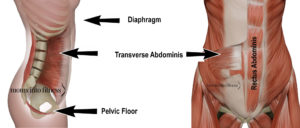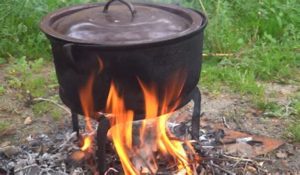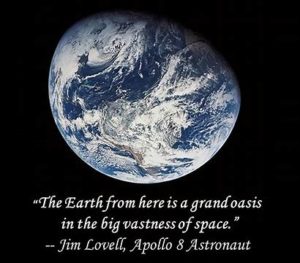The last article focused upon the traditional Chinese medicine view of the Earth Element as it relates to our center – proper absorption of nutrients, values and clear thinking. This article focuses upon the abdomen, the anatomical muscular center that keeps the core of ourselves strong. For more information, I’ve added a couple of links.
Strengthening the abdominal muscles is important not only to safeguard the lower back, but also improves posture and walking with proper confidence. Between the diaphragm http://daisylear.com/the-diaphragm/ and the pelvic floor muscles are four main abdominal muscles  that wrap around us to keep the spine stable and supported. These four main muscles are the transversus abdominis, rectus abdominis, internal and external oblique. Deep to these four muscles is the psoas (pronounced so as) – this muscle connects the torso to the lower body. The psoas brings our legs forward with each step http://daisylear.com/the-psoas-muscle/ and tends to over work, and also becomes tense from mental/emotional stress. Tension here reveals itself as a painful feeling in the mid to lower abdomen and/or lower back. Strengthening the abdominal muscles around it helps the psoas maintain proper flexibility.
that wrap around us to keep the spine stable and supported. These four main muscles are the transversus abdominis, rectus abdominis, internal and external oblique. Deep to these four muscles is the psoas (pronounced so as) – this muscle connects the torso to the lower body. The psoas brings our legs forward with each step http://daisylear.com/the-psoas-muscle/ and tends to over work, and also becomes tense from mental/emotional stress. Tension here reveals itself as a painful feeling in the mid to lower abdomen and/or lower back. Strengthening the abdominal muscles around it helps the psoas maintain proper flexibility.
Strengthening and stretching these muscles correctly is key. There are many trained professionals that can help, and your local recreation center is a good resource to find classes and personal trainers. If you’d rather train at home, the library has many videos to choose from. Doing this together with a friend or family member provides both of you with someone to observe movement and make appropriate corrections. There are also many public studios, private classes and private instructors. Exercise that focus on using the breath, such as Pilates and yoga, helps us to best strengthen our core while keeping us centered and focused during exercise.
Interesting side note… there are similarities between the layers of the Earth and the layers within human beings living on the planet. Similar to the earth’s layers – from the hot inner and outer core, mantle and crust – there is a likeness describing the layers in the torso of humans. Although Chinese medical theory is incredibly specific in describing the functions of organs and their interactions centuries before modern medicine, there’s also a simplified imagery used to describe the many  types of qi, and how the human system interacts. The description is of an image of a pot of rice cooking : the heat is located in area below the umbilicus and represents the fire below the cook pot, then between the umbilicus and below the sternum, represents the bottom of the cook pot containing the rice and water. Above this area, located in the chest / lungs, is where the steam rises up within the cook pot. At the top, there is a lid. The image is further described in this article : http://daisylear.com/loving-intention/ and searches for the layers of the earth are fun and much more specific.
types of qi, and how the human system interacts. The description is of an image of a pot of rice cooking : the heat is located in area below the umbilicus and represents the fire below the cook pot, then between the umbilicus and below the sternum, represents the bottom of the cook pot containing the rice and water. Above this area, located in the chest / lungs, is where the steam rises up within the cook pot. At the top, there is a lid. The image is further described in this article : http://daisylear.com/loving-intention/ and searches for the layers of the earth are fun and much more specific.
Of course we are not shaped like a ball, our layers are more one dimensional, beginning at the pelvic floor and rising up to our shoulders. This image of a pot of rice cooking was introduced to students of Chinese medicine early in our education. For some reason it has always stuck with me. It wasn’t until I began writing about the Earth element that I recognized this likeness… similar to the fact that humans and the earth are about 72% water. As we focus upon the deep seated fire rising up from the pelvic floor to the umbilicus, we can also connect to the hot center of the earth and feel how we are one in the same. Each step forward on the ground also connects us with the more superficial layers of the root systems within the earth’s crust that were initially created by this fire.
– balance –
balancing exercises
strengthen
all aspects
of the
earth
element
